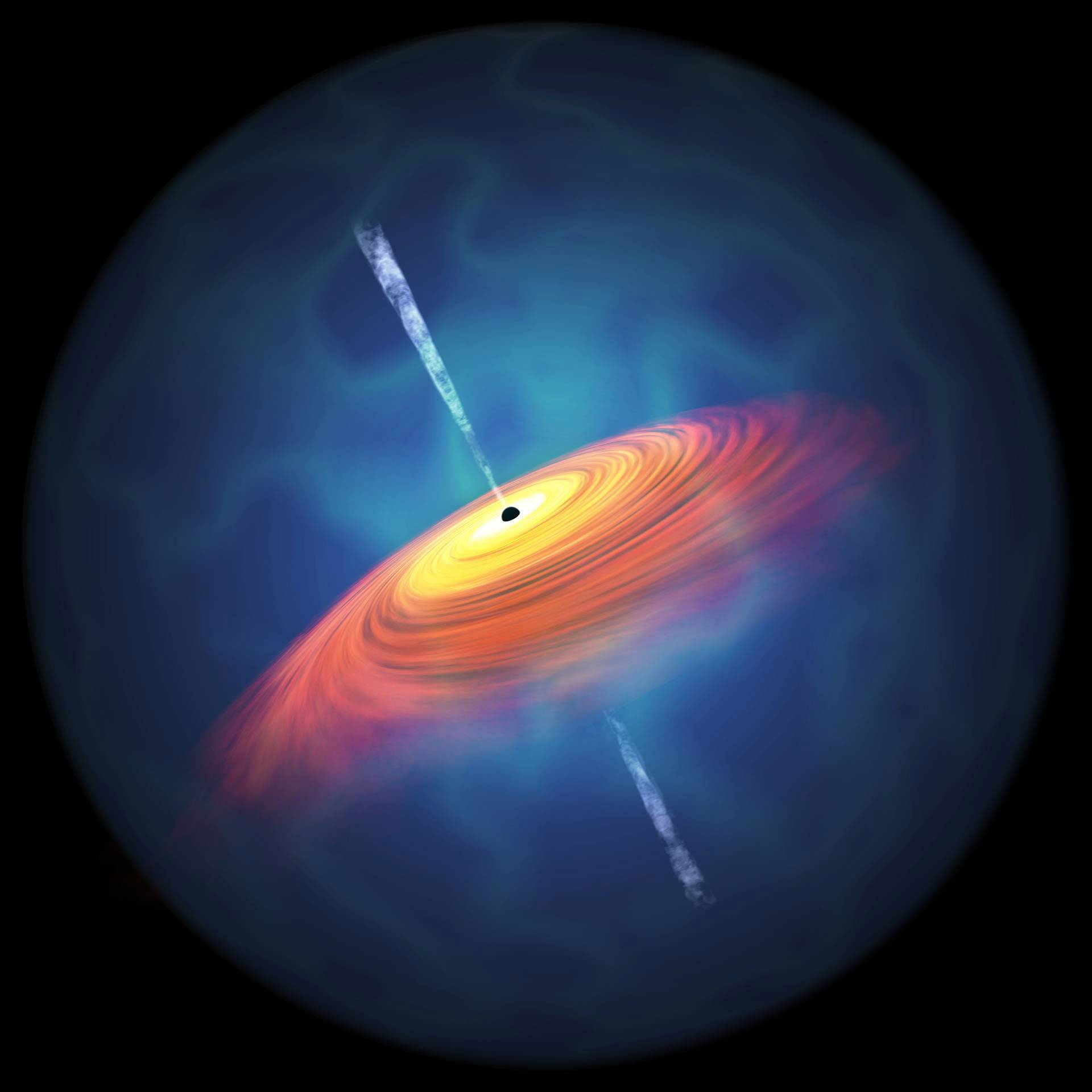

It behaves like an imposing, weighty object, but is really just a peculiar region of space.

It contains no matter, but, like a bowling ball, possesses mass and can spin.

"We're still a long way from putting a complete picture together," she says, "but we're certainly getting more of the puzzle pieces in place."Ĭonsisting of pure gravitational energy, a black hole is a ball of contradictions. Using multiple techniques, researchers are already gaining different, complementary views of these strange objects, says Andrea Ghez, an astrophysicist at the University of California, Los Angeles, who shared the 2020 Nobel Prize in Physics for inferring the existence of the supermassive black hole in the heart of our Galaxy.

"That's going to be a major thrust of future observations." Any anomalies would require a rethink of Einstein's theory, which physicists suspect is not the final word on gravity, as it doesn't jibe with the other cornerstone of modern physics, quantum mechanics.Įven though it's very unlikely, it would be so amazingly important if we found that there was any deviation. "Are black holes strictly the same as you would expect with general relativity or are they different?" asks Clifford Will, a gravitational theorist at the University of Florida. "I don't think we're going to learn anything more about general relativity or the theory of black holes from any of this," says Robert Wald, a gravitational theorist at the University of Chicago. Some theorists say the answer is most likely a ho-hum yes. But some scientists feel the pull of a more fundamental question: Are they really seeing the black holes predicted by Einstein's theory? And the environment around the supermassive black hole in our Galaxy appears surprisingly fertile, teeming with young stars not expected to form in such a maelstrom. The smaller black holes detected by LIGO and, now, the European gravitational wave detector Virgo in Italy have proved heavier and more varied than expected, straining astrophysicists' understanding of the massive stars from which they presumably form. The observations are already challenging astrophysicists' assumptions about how black holes form and influence their surroundings.
#As material flows into a black hole zip#
By training radio telescopes around the globe on the supermassive black hole in the heart of the nearby galaxy Messier 87 (M87), EHT imaged a fiery ring of hot gas surrounding the black hole's inky "shadow." Meanwhile, astronomers are tracking stars that zip close to the black hole in the center of our own Galaxy, following paths that may hold clues to the nature of the black hole itself. In April 2019, an international collaboration called the Event Horizon Telescope (EHT) produced the first image of a black hole. Gravitational wave detectors have spotted four dozen black hole mergers since LIGO's breakthrough detection. "I have to pinch myself, it doesn't feel real."įantastical though it may seem, scientists can now study black holes as real objects. "The thought that anything I did would ever have implications for anything measurable in my lifetime was so far-fetched that the last 5 years have seemed like living in a dream world," Teukolsky says. Teukolsky's old thesis was suddenly cutting-edge physics. LIGO even sensed the "ring down": the shudder of the bigger black hole produced by the merger. In February 2016, experimenters with the Laser Interferometer Gravitational-Wave Observatory (LIGO), a pair of huge instruments in Louisiana and Washington, reported the first observation of fleeting gravitational ripples, which had emanated from two black holes, each about 30 times as massive as the Sun, spiraling into each other 1.3 billion light-years away. And it was completely abstract-until 5 years ago. It was a sweet problem, says Teukolsky, now at Cornell University. The oscillations would quickly fade as the black hole radiated gravitational waves-ripples in the fabric of space itself. Like a bell, the black hole would oscillate at one main frequency and multiple overtones, he found. Teukolsky, then a graduate student at the California Institute of Technology (Caltech), attacked the problem with pencil, paper, and Albert Einstein's theory of gravity, general relativity. Suppose you perturb it, as you might strike a bell. Imagine a black hole, the ghostly knot of gravity that forms when, say, a massive star burns out and collapses to an infinitesimal point. While working on his doctorate in theoretical physics in the early 1970s, Saul Teukolsky solved a problem that seemed purely hypothetical.


 0 kommentar(er)
0 kommentar(er)
